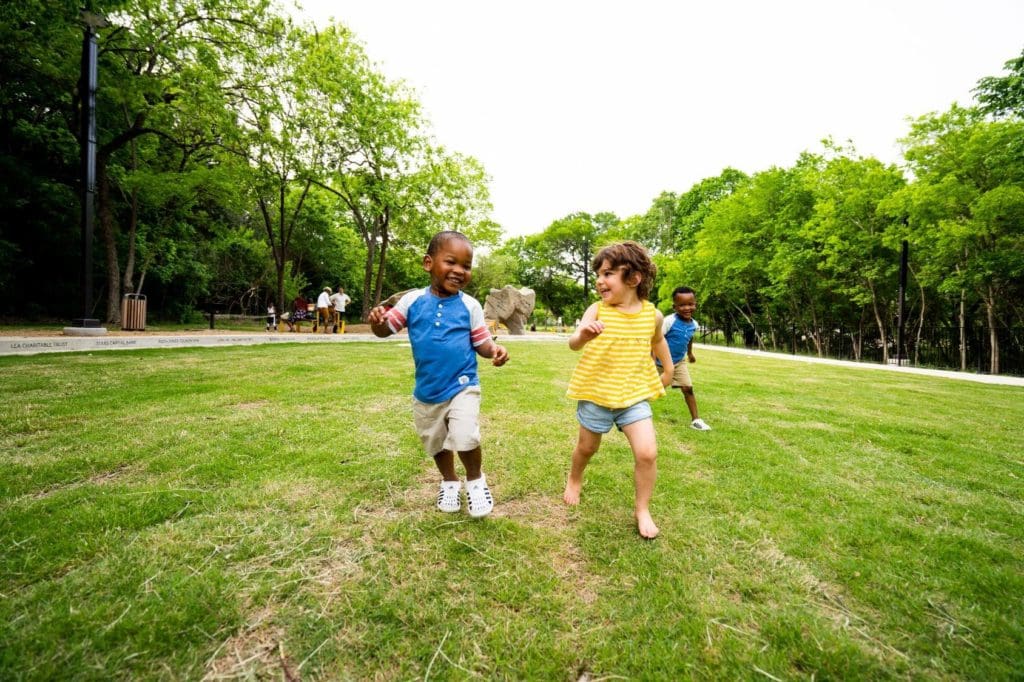Report: Greenspace in American Cities: How Access to Parks and Nature Can Improve Health and Well-Being
Greenspaces — from parks to trails to public commons — are essential for individual and community health. They promote physical activity, promote social interaction and can play an important role in helping cities adapt to the effects of a changing climate.

Greenspace access is essential to improve health and well-being throughout communities. But 100 million people in the U.S. — including 28 million children — do not have access to close-to-home parks.
Cities can take action today to ensure that all families have access to nature. Disparities in park access are in part the result of land use priorities and decisions, discriminatory policies and practice, and decades of insufficient funding for parks and infrastructure. Local policy action can chart a new, greener, and healthier future for all.
In a new report by CityHealth and Trust for Public Land serves as a roadmap for city leaders to tap into Greenspace policies to help improve health outcomes throughout communities by tackling the equity divide that has existed for years.
Greenspace Webinar
CityHealth and Trust for Public Land presented a webinar exploring how Greenspace policies can improve health outcomes and advance health equity. Hear from representatives from Columbus and Portland on how they’re using Greenspace in their communities.
Resources
Additional Resources
Learn more about the impact greenspace policies can have in cities across the country
